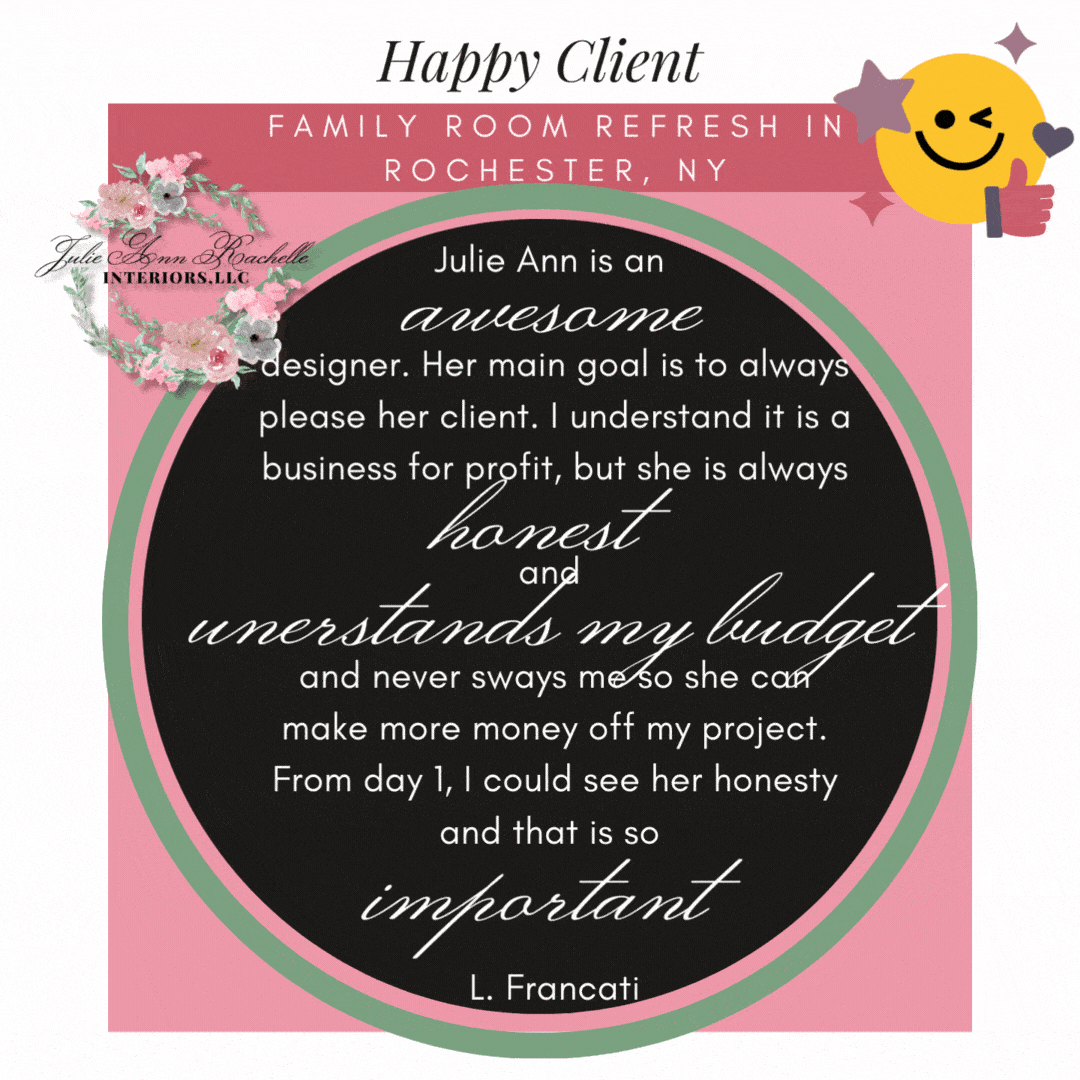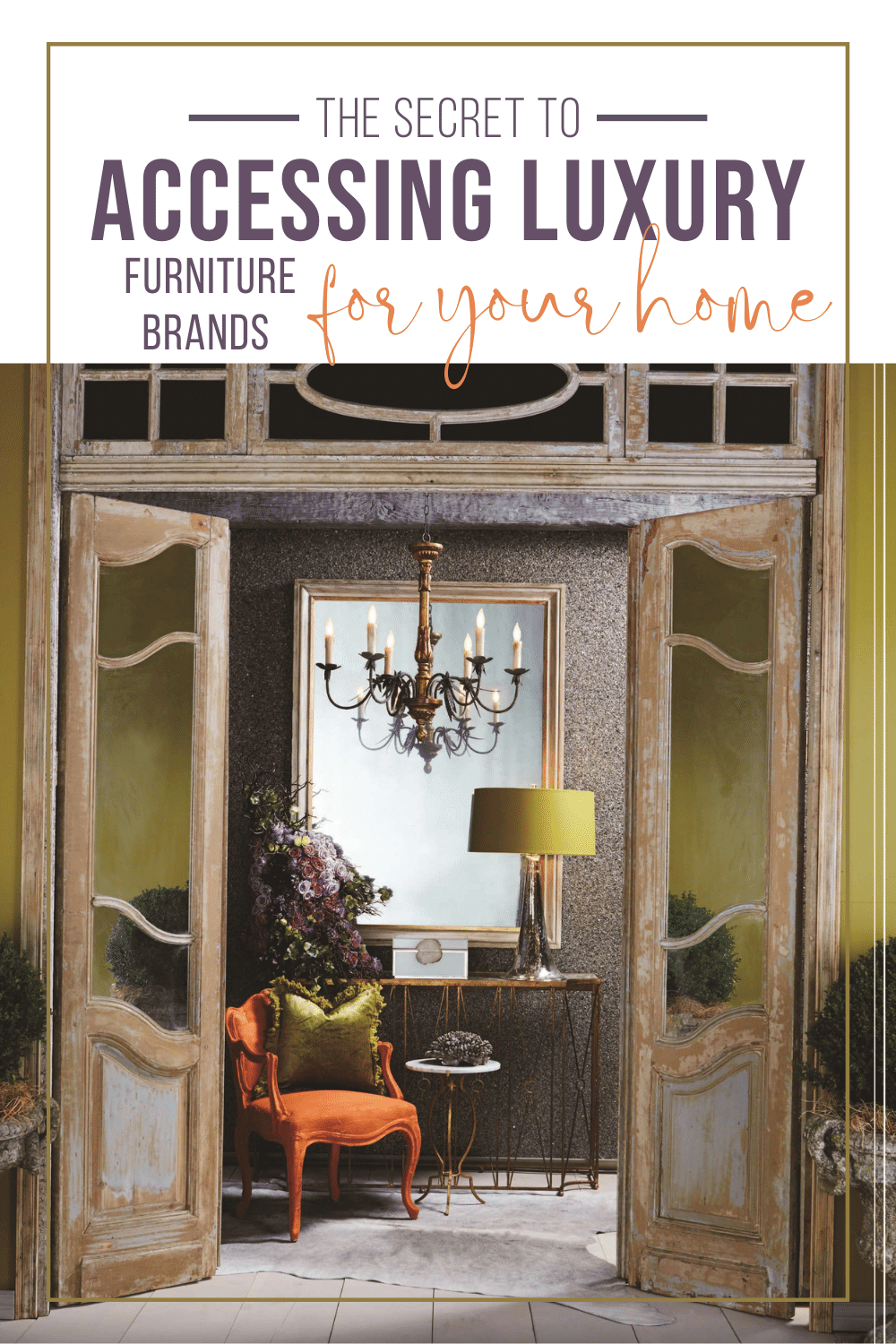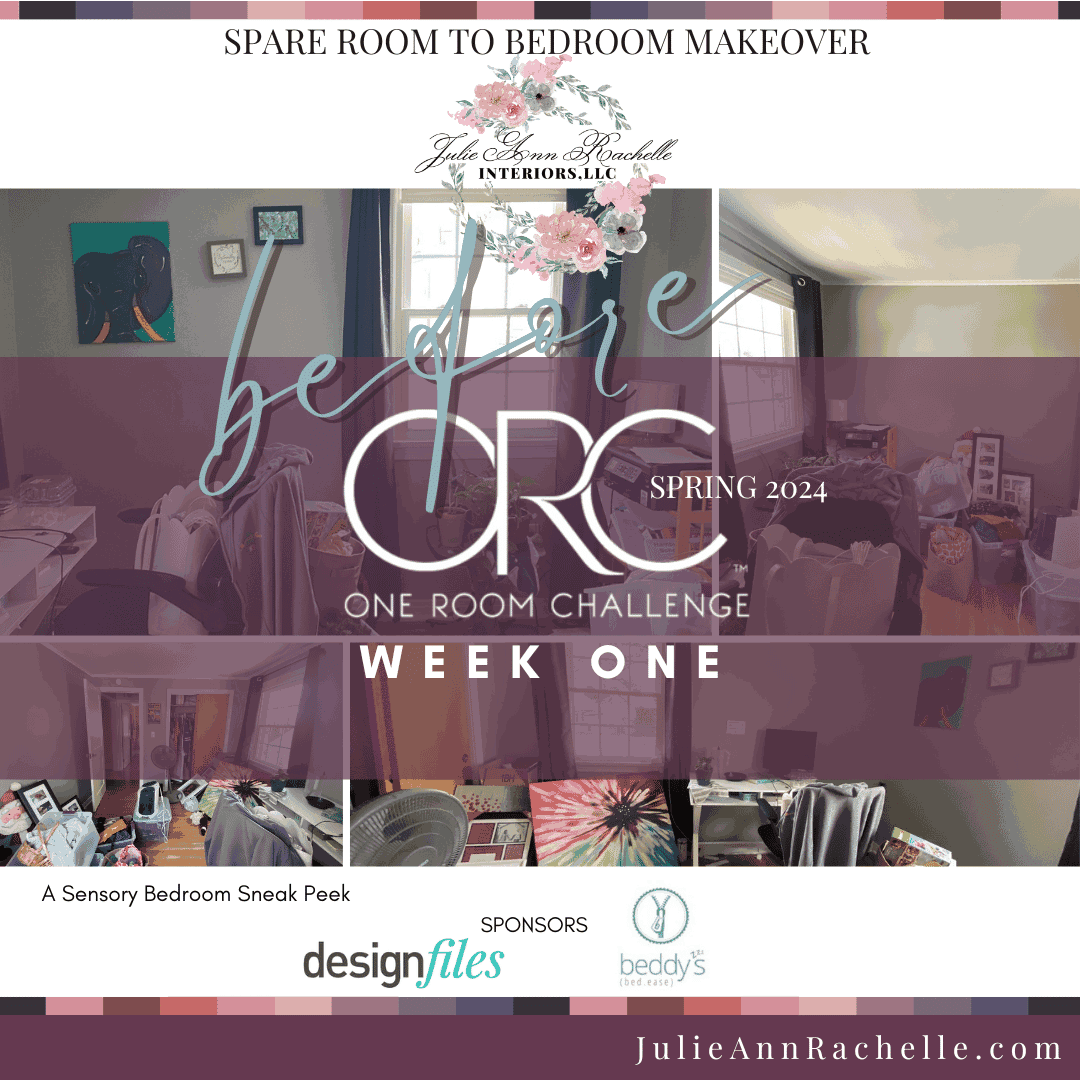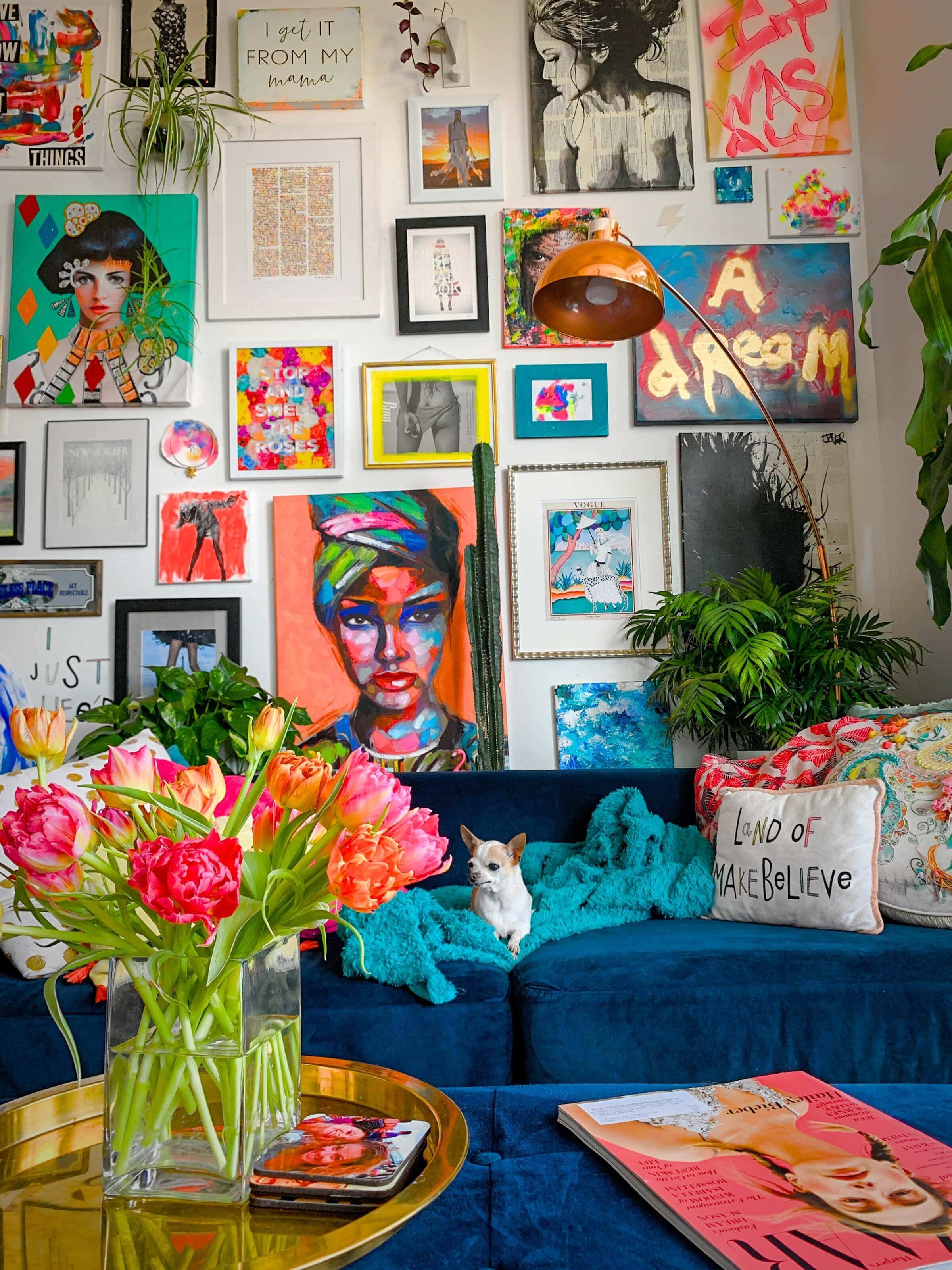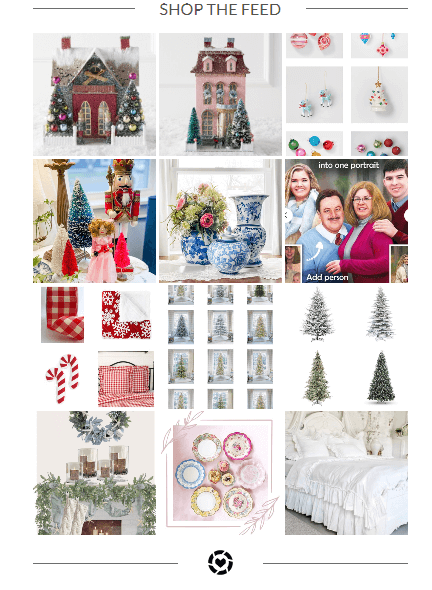An Insider's Look at Furniture to the Trade
Photography:
Stephen Karlisch
Styling:
Russell Brightwell
Interior Design:
Kara Adam, Kara Adam Interiors
My clients often indicate that they want more information about what is entailed when it comes to purchasing “trade only” furnishings and decor.
Furniture to the trade represents an intriguing facet of the interior design world, reserved for professionals who meet specific industry standards.
This system allows designers to access a wide range of high-quality, often custom furniture, fixtures, and decor not available to the general public.
This insider's guide sheds light on the concept of "to the trade," exploring how designers qualify, the advantages of such arrangements, and the potential savings for both designers and their clients.
Table Of Contents
Introduction to Furniture to the Trade
Definition and Overview
The Significance for Designers and Clients
Do Designers Get "Discounts" on Furniture?
The Mechanism of Designer “Discounts”
Designer as Reseller
Is This a Privilege Only for the Rich?
Debunking Myths
Accessibility for Various Economic Backgrounds
Trade Vs. Retail: Understanding the Differences
Service and Price Comparison
Benefits and Drawbacks for Consumers
Why Are Designers Offered a "Discount"?
Incentives for Designers
The Impact on the Industry
Designer Mark-Up Policies vs. Retail Mark-Up Policies
Comparative Analysis
How Mark-Ups Affect Pricing
How do I qualify for to-the-trade discounts as a designer?
How do bespoke options in to-the-trade purchases compare to retail?
Can to-the-trade purchases really save money in the long run?
What Is “To The Trade”?
What Does “To the Trade” mean?
"To the trade" refers to a business model where manufacturers and wholesalers sell their products exclusively through professionals.
This exclusivity stems from a belief in the professional's ability to represent the product in the best light, ensuring it's used appropriately and effectively in designed spaces.
An interior designer who contacted me on Facebook describes "To The Trade" as follows: "Interior designers acquire custom-made items tailored to each client's preferences and requirements.
“This collaborative design process necessitates close coordination between designers and vendors to deliver optimal outcomes for clients.
“It involves a significant investment of time, creative expertise, and a thorough understanding of materials such as woods, fabrics, construction methods, stains, and various other decorative elements."
Qualification Criteria for Designers
Designers qualify for to-the-trade privileges through a combination of professional certification, membership in industry organizations, and sometimes by demonstrating a portfolio of work.
This process ensures that only qualified professionals access these exclusive products, maintaining the industry's high standards.
“Interior designers acquire custom-made items tailored to each client’s preferences and requirements.
“This collaborative design process necessitates close coordination between designers and vendors to deliver optimal outcomes for clients.
“It involves a significant investment of time, creative expertise, and a thorough understanding of materials such as woods, fabrics, construction methods, stains, and various other decorative elements.”
This article continues below.
Related Reading:
Do Designers Get “Discounts” on Furniture and Decor?
Generally speaking, interior designers do get “discounts” on furniture and materials when working with suppliers and manufacturers.
Designers have expressed to me that the the term “discount” is misleading because it does not fairly represent many designer’s business models, account for all the work behind-the-scenes, and the risks involved for designers in ordering for clients.
Here’s an important way to reframe the term “Designer Discount.”
Think of their discount virtually the same as a retailer buying wholesale.
There are many benefits to using the expertise of a designer that one does not receive purchasing through retailers, and all-the-behind the scenes of project management is covered by the profits of selling furniture above a designer’s cost. I will delve into that in upcoming sections of this article.
Depending on their annual sales, designers may be able to negotiate different deals for their cost or extended payment terms through their network of contacts.
These negotiations help make the designer better cover the cost of overhead.
“The the term ‘discount’ is misleading because it does not fairly represent many designer’s business models, account for all the work behind-the-scenes, and the risks involved for designers in ordering for clients.”
Is This a Privilege Only for The Rich?
Contrary to popular belief, to-the-trade benefits are not solely for the wealthy. While the initial prices may seem high, the quality and customization options available can offer significant long-term value. Designers work with clients across various budgets to find the best solutions within their financial constraints.
Some interior designers do set a minimum purchase requirement such as $10,000 or more in furnishings and decor in addition to the design fee. Before thinking that this is out of your budget, consider what you have already invested in furniture and decor throughout your lifetime, and the cost of replacing items when they are worn out. Designers can help you extend your budget through qualified decisions on where to spend your money,and how to get the best quality furnishings that last the longest.
A product that is “to the trade" is set up this way to protect the client from expensive oversights, to provide exclusivity to the designer, and keep the vendor safe from client problems.
Many clients seek a designer in order to save money, having no idea how to coordinate their decor, where to start, and having experienced costly buyer regret in the past. An educated designer has the information and experience to make decisions quickly and expertly, as a benefit to the vendor, and thus the designer receives a the ability to purchase at cost as a reseller. In fact, retail stores often markup their products much more than designers do.
Trade Vs. Retail
Quite often, these “to the trade” products are bespoke, customized to the particular client’s design needs. For instance, a designer fabric is selected for upholstery pieces that coordinate with the paint, flooring, trim, and other colors and patterns in the room. The item might have custom measurements, as well as customized finishes. A designer can use any fabric in the world to customize the piece. This is referred to COM (Customer’s Own Material).
It is important to note that due to the bespoke nature of these to-the-trade orders, products are made on demand. Thus these furnishings and decor never go on sale because they are not stocked ahead of time.
“It is important to note that due to the bespoke nature of to-the-trade orders, products are made on demand.”
A designer has the experience and education to make these decisions regarding the client’s needs quickly, efficiently, and without the indecision that consumers often face. Thus, the vendor or showroom prefers to deal only with “the trade” due to these professional relationships with designers. These relationships adds to the vendors’ ability to stay in business.
In retail, on the other hand, you might be able to select a fabric from a limited selection that the vendor offers, but you cannot use your own fabric that you’ve found. In addition, you are limited to the dimensions that the vendor offers, as well as the finish such as type of wood or metal.
Often, you will pay 20-25% more through retail for the same item than through a designer. In addition, online retail sites that offer designer’s the opportunity to make purchase at a discount however, that means that the discount only applies to MSRP, non-sale items.
The main differences between trade and retail lie in pricing, service, and product availability. To-the-trade offers more personalized services, custom options, and often better pricing compared to the same retail offerings. Designers and retail stores both mark up products to cover costs and earn a profit. However, designer “mark-ups” also reflect the value of design expertise, project management, and access to exclusive products, which can offer greater value than standard retail pricing.
“Designers and retail stores both mark up products to cover costs and earn a profit, however with a designer you receive design expertise, project management, and access to exclusive products, which can offer greater value than a retail purchase.”
Do I Get Your Designer “Discount”?
Why Are Designers Offered a “Discount”?
Remember that the so-called “designer discount,” is the same as a retailer receiving the ability to purchase products for resale below MSRP (manufacturer suggested retail pricing.)
As I mentioned above, designers develop rapport and relationships with these vendors as they bring multiple projects to them. These manufacturers and showrooms depend on this repeat business, and cater their services based on such repeat business. Thus, they are given better and better pricing depending on volume as an incentive to bring this repeat business. A designer will get a lowered price based on volume of quarterly or annual sales.
Designer Discount Policies
While designers do receive discounts or rather the ability to purchase items below MSRP, they also mark-up products, just as any other retail business, to cover the extensive hours involved in project management. Clients benefit from the designer's expertise, access to exclusive products, and overall project coordination, which justifies the cost.
Differences in Policies
Some designers do not share their discount as it is part of their business model that this is considered part of the design fee in exchange for the expertise and guidance that the client receives.
Other designers offer their whole discount, while I’ve personally heard others promise to split the discount. These two practices are very controversial in the design community.
As a small firm, Julie Ann Rachelle Interiors LLC we split the difference of our “discount” of Trade Only purchases.
Why Do You Only Offer a 10% Discount?
Providing a discount to a client is never as easy as just entering a code, and that be that. We all know that time is money, and the time the designer expends expediting the order adds up. The designer may also have to deal with issues that may arise, such as damage, returns, back-orders, or other problems. Again, that time adds up.
Sometimes just one client may have say, for instance, fifty purchase orders. Think of all the time that it takes to write up these orders, track these orders over weeks and sometimes months. This is quite time consuming, as well as time on accounting. and the whole procurement phase involves liability
Article continues after these images….
Benefits of To the Trade Furniture and Decor Purchases To Clients
For Clients
Clients enjoy access to high-quality, often bespoke furniture that can define their space's aesthetic.
The expertise of a designer ensures that these pieces are perfectly integrated into their overall design vision, adding value beyond the cost savings.
For Designers
Designers benefit from the ability to source unique items that set their designs apart.
The discounts and relationships with suppliers also enable them to offer competitive pricing and exclusive products to their clients.
Quality
Through purchasing to-the-trade furniture through Julie Ann Rachelle Interiors LLC, you typically receive products which showcases superior craftsmanship and materials, offering longevity and sustainability. These pieces can elevate a design project, providing both aesthetic beauty and durable functionality.
Lower Price than MSRP
By working with me, my clients will often receive these excellent quality products at a lower price than MSRP. By contrast, consumer online shopping for furnishings and decor is analogous to a designer discount yet adding 20-25%. In other words, purchasing To The Trade items from me would be 20-25% less expensive than if you purchased them on your own.
Bespoke
Purchasing furniture and furnishings from a trade-only vendor with your interior designer has the advantage that most of the items will be made to order, based on your unique specifications. The finishes, sizes, and styles of bespoke furniture usually vary widely or are based upon the designer’s specific instructions. This flexibility allows designers to create truly unique spaces tailored to their clients' preferences and needs.
“Through purchasing to-the-trade furniture through Julie Ann Rachelle Interiors LLC, you typically receive products which showcases superior craftsmanship and materials, offering longevity and sustainability. These pieces can elevate a design project, providing both aesthetic beauty and durable functionality. ”
Challenges and Considerations in 'To the Trade' Purchases
Navigating the to-the-trade world can be complex, with limitations on access, such as only qualified designers, and minimum purchase requirements required annually.
However, by working with a knowledgeable designer, clients can maximize the benefits of these exclusive offerings.
How to Access 'To the Trade' Benefits as a New Designer
New designers can access to-the-trade benefits by gaining the necessary certifications, joining professional organizations, and developing relationships with suppliers. These steps open the door to a world of exclusive products and pricing.
People Also Ask
How do I qualify for to-the-trade discounts as a designer?
To qualify for to-the-trade discounts as a designer, you typically need to meet certain criteria set by the manufacturer or vendor offering these discounts. Here's a general guide on how to qualify:
Proof of Business: Most suppliers require proof that you're a legitimate interior designer or design professional. This can include a business license, resale certificate, or membership in a professional organization like the American Society of Interior Designers (ASID) or the International Interior Design Association (IIDA).
Resale Certificate: In some cases, you may need to provide a resale certificate, also known as a resale license or seller's permit. This document allows you to purchase items tax-free with the intention of reselling them to clients.
Business Website or Portfolio: Having a professional website showcasing your work or a portfolio demonstrating your design projects can also help establish your credibility as a designer.
Trade References: Some vendors may require trade references from other suppliers or industry professionals to verify your status as a designer.
Minimum Purchase Requirements: Certain suppliers may have minimum purchase requirements to qualify for to-the-trade discounts. Be prepared to meet these thresholds when placing orders.
Application Process: Many vendors have an application process for designers to apply for trade accounts. This may involve submitting documentation and waiting for approval.
Maintain Professionalism: Once you've been approved for to-the-trade discounts, it's important to maintain a professional relationship with suppliers by adhering to their terms and conditions, paying invoices on time, and conducting business ethically.
By meeting these criteria and establishing yourself as a professional interior designer, you can qualify for to-the-trade discounts and access a wider range of products at discounted prices for your design projects.
Can clients access to-the-trade furniture without a designer?
First of all, do not betray your designer’s trust by going behind their back to a vendor or manufacturer unless you want to burn the relationship with your designer, losing their expertise. It pays to remember why you hired your designer in the first place.
In some cases, people may be able to access to-the-trade furniture without a designer, but it largely depends on the policies of the specific vendors or manufacturers.
Here are some factors to consider:
Direct-to-Consumer Options: Some manufacturers or vendors offer direct-to-consumer options where clients can purchase furniture and decor without needing to go through a designer. These options may not always come with the same discounts or benefits as to-the-trade purchases, but they can still provide access to high-quality products.
Retailers with Trade Accounts: Some retailers that cater primarily to designers may also offer access to their products for retail clients. However, they may have different pricing structures or limitations compared to trade purchases.
Designer Involvement: In many cases, to-the-trade discounts are extended to designers as a way to incentivize them to specify and purchase products on behalf of their clients. Therefore, vendors may require designer involvement to access these discounts.
Minimum Purchase Requirements: Even if clients are able to access to-the-trade furniture, they may encounter minimum purchase requirements or other terms and conditions that differ from those for designers.
Exclusive Lines: Some vendors offer exclusive lines or collections specifically for designers, which may not be available to retail clients.
Industry Relationships: Access to to-the-trade furniture and decor often relies on established relationships within the interior design industry.
Ultimately, clients interested in to-the-trade furniture should inquire directly with vendors or retailers to understand their policies and whether they offer options for direct purchasing. Working with a designer can still provide benefits such as access to exclusive products, expert design guidance, and potentially discounted pricing.
How do bespoke options in to-the-trade purchases compare to retail?
Bespoke options in to-the-trade purchases typically offer several advantages compared to retail options:
Customization: Bespoke to-the-trade purchases often allow for greater customization. Designers can work closely with manufacturers to tailor furniture and decor to meet the specific needs and preferences of their clients, including dimensions, materials, finishes, and detailing.
Exclusive Designs: Many manufacturers offer exclusive designs or collections specifically for to-the-trade clients. These designs may not be available through retail channels, providing clients with unique and personalized options for their projects.
Quality and Craftsmanship: To-the-trade purchases often prioritize quality and craftsmanship, with manufacturers focusing on producing high-end, artisanal pieces that meet the exacting standards of designers and their clients.
Access to Artisans and Workshops: Designers working within the to-the-trade network often have access to skilled artisans and workshops that specialize in custom fabrication and handcrafted techniques. This allows for the creation of truly bespoke pieces that reflect the client's vision and lifestyle.
Collaborative Process: To-the-trade purchases typically involve a collaborative process between the designer, manufacturer, and client. This collaborative approach ensures that the final product meets the client's expectations and aligns with the overall design vision for the space.
Attention to Detail: With to-the-trade purchases, there's often a greater emphasis on attention to detail and quality control throughout the manufacturing process. Designers can work closely with manufacturers to ensure that every aspect of the piece, from construction to finishing touches, meets the highest standards.
Long-Term Investment: While bespoke to-the-trade options may come with a higher price tag compared to off-the-shelf retail purchases, they often represent a long-term investment in quality and durability. Custom pieces are crafted to last for generations, making them a worthwhile investment for clients seeking timeless elegance and superior craftsmanship.
Overall, bespoke options in to-the-trade purchases offer clients the opportunity to create truly unique and personalized interiors that reflect their individual style and preferences. Working with a designer who has access to these exclusive resources can elevate the design process and result in spaces that are both luxurious and functional.
Can to-the-trade purchases really save money in the long run?
To-the-trade purchases can potentially save money in the long run for several reasons:
“Discounted” Pricing: One of the primary benefits of to-the-trade purchases may be access to lower than MSRP pricing. Designers often receive preferential pricing from manufacturers and vendors, allowing them to pass on savings to their clients. While the upfront cost may still be higher than certain retail prices, the discounted rates can result in significant savings, especially for larger projects.
Quality and Durability: To-the-trade purchases typically prioritize quality and craftsmanship, which can translate into furniture and decor items that are more durable and long-lasting. Investing in higher-quality pieces upfront can save money over time by reducing the need for frequent replacements or repairs.
Customization Options: Customizing furniture and decor through to-the-trade purchases allows clients to create pieces that meet their specific needs and preferences. By investing in customized items that are tailored to their lifestyle and design aesthetic, clients can avoid the costs associated with continually updating or replacing furnishings that no longer suit their needs.
Timeless Design: To-the-trade purchases often focus on timeless design principles rather than following transient trends. Investing in classic, well-crafted pieces that stand the test of time can save money in the long run by reducing the need for frequent redecorating to keep up with changing styles.
Expert Guidance: Working with a designer who has access to to-the-trade resources provides clients with expert guidance throughout the design process. Designers can help clients make informed decisions, avoid costly mistakes, and prioritize investments in areas where they will have the greatest impact, ultimately maximizing the value of their design budget.
Increased Resale Value: High-quality, custom-made furnishings sourced through to-the-trade channels can increase the resale value of a property. Potential buyers may be willing to pay a premium for homes that feature well-designed, professionally curated interiors, resulting in a higher return on investment for clients in the long term.
While to-the-trade purchases may require a higher initial investment, the potential for cost savings over time, combined with the benefits of superior quality, customization, and expert guidance, can make them a financially savvy choice for clients seeking durable, personalized interiors.
How do designers determine their mark-up on to-the-trade furniture?
Designers typically determine their mark-up on to-the-trade furniture based on several factors, including:
Cost of Goods: The designer's cost of goods refers to the price they pay to purchase the furniture from manufacturers or vendors. This cost includes the wholesale price of the furniture, shipping fees, taxes, and any other associated expenses.
Desired Profit Margin: Designers typically aim to achieve a certain profit margin on the furniture they sell to clients. This margin accounts for the designer's expertise, time, and effort spent sourcing and specifying the furniture, as well as any additional services provided, such as project management and installation.
Market Rates: Designers may also consider prevailing market rates and industry standards when determining their mark-up. They may research what other designers in their area are charging for similar services and adjust their mark-up accordingly to remain competitive.
Value-added Services: Designers justify a mark-up by offering value-added services such as personalized design consultations, customizations, project management, and coordination with vendors. These additional services contribute to the overall perceived value of the designer's expertise and justify the mark-up.
Relationship with Manufacturers and Vendors: Designers who have established relationships with manufacturers and vendors may receive better pricing or discounts on to-the-trade furniture, allowing them to adjust or lower their mark-up accordingly to remain competitive while still achieving their desired profit margin.
Ultimately, the mark-up on to-the-trade furniture is determined by a combination of these factors, with designers seeking to strike a balance between profitability, market competitiveness, and client satisfaction. Transparent communication with clients about pricing and mark-ups is essential to maintaining trust and ensuring a successful working relationship.
Conclusion: The Future of 'To the Trade' in Interior Design
The to-the-trade model continues to evolve, with increasing accessibility and online platforms making it easier for designers to connect with manufacturers.
Staying informed about trends and maintaining strong supplier relationships will be key to leveraging the benefits of to-the-trade purchases in the future.
'To the Trade' furniture and decor purchasing offers a unique avenue for both designers and clients to access high-quality, customizable furnishings with potential cost savings.
Understanding the concept, qualifications, and mechanisms behind designer discounts is crucial for navigating this aspect of the interior design industry.
While there may be misconceptions about exclusivity and affordability, 'To the Trade' options are accessible to a range of economic backgrounds and provide tangible benefits such as superior craftsmanship, lower pricing compared to retail, and bespoke customization.
However, challenges such as qualification criteria and navigating limitations exist, requiring designers and clients to strategize and maximize the benefits available.
Looking ahead, the future of 'To the Trade' in interior design is likely to see continued evolution, driven by emerging trends, technological advancements, and the changing needs of both designers and consumers.
Staying informed and building strong relationships with suppliers will be key to staying competitive in this dynamic landscape.
Overall, 'To the Trade' remains a valuable resource for creating distinctive, personalized interiors that reflect the vision and lifestyle of clients while supporting the growth and innovation of the design industry.
Sources
“To The Trade”: How To Buy Furniture At A Design Center | Apartment Therapy, https://www.apartmenttherapy.com/how-to-buy-furniture-at-a-desi-149409
WHAT IS TO THE TRADE ONLY? — Capella Kincheloe, https://www.capellakincheloe.com/blog/what-is-to-the-trade-only
How Purchasing Furniture & Decor Through A Design Business Works — DESIGNED, https://carlaaston.com/designed/how-to-sell-furniture-decor-via-interior-design-business
Interior Designer Discounts: Just How Deep Are They? — DESIGNED, https://carlaaston.com/designed/deep-interior-designer-discount-fact-fiction
'Trade Only' Walls Weaken - The New York Times, https://www.nytimes.com/1993/07/15/garden/trade-only-walls-weaken.html
What Does “To The Trade” Mean? | A Little Design Help, https://alittledesignhelp.com/what-does-to-the-trade-mean/
Your Interior Designer Trade Discount VS Retail — Online Interior Design School by Alycia Wicker, https://design.alyciawicker.com/blog/interior-designer-trade-discount
Want to Use an Interior Designer's Discount? — DESIGNED, https://carlaaston.com/designed/interior-designer-discount, Carla Aston










